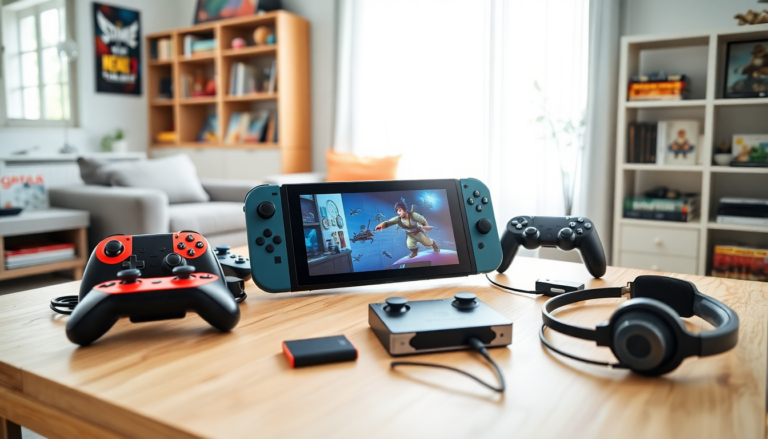Argomenti trattati
The gaming world buzzed with excitement last week as the Nintendo Switch 2 made its debut. For many fans, this new console is not just another device; it represents a significant evolution in handheld gaming. With enhanced hardware powered by a custom Nvidia chip and a familiar design, the Switch 2 has ignited debates about innovation versus nostalgia in gaming technology.
Sales performance: A strong start
In its first four days, the Nintendo Switch 2 sold an impressive 3.5 million units. This statistic is particularly noteworthy when compared to its predecessor, which sold 2.74 million in its initial month. While the original Switch remains Nintendo’s best-selling console with over 152 million units sold by March 2025, the rapid sales pace of the Switch 2 suggests a potential for breaking previous records. It’s a remarkable feat, yet it raises questions about the console’s overall novelty.
Initial impressions: Familiar territory
Upon setting up the Switch 2, one might feel a sense of déjà vu. The user interface closely resembles that of the original Switch, leading to mixed feelings among early adopters. Is this new console just a repackaged version of its predecessor? The internal components may have changed, but the overall experience feels strikingly similar. The Nvidia chip enhances performance, allowing demanding games like Cyberpunk 2077 to run smoothly, yet the lack of a groundbreaking innovation leaves some gamers wanting.
Hardware and repairability concerns
One of the critical aspects of gaming devices today is their repairability. Unfortunately, the Switch 2 doesn’t stray far from its predecessor’s design philosophy. Components are still soldered directly to the motherboard, making repairs a daunting task for users. Additionally, the ongoing issue of Joy-Con drift persists, raising concerns about durability. In an era where environmental sustainability is increasingly prioritized, the construction choices made by Nintendo might lead to more e-waste, a worrying trend for eco-conscious gamers.
The evolving landscape of consumer rights
While the gaming community grapples with these concerns, broader movements regarding consumer rights and repairability are gaining momentum. The European Union’s recent initiatives to solidify consumers’ rights to repair their devices signal a shift towards more sustainable practices. In the U.S., states like Oregon and California are following suit. Interestingly, even major companies like Apple are beginning to make strides in this area. However, Nintendo’s approach seems outdated, particularly in light of these developments.
The future of Nintendo
As we look ahead, the success of the Nintendo Switch 2 might depend on how well it adapts to these changing consumer expectations. The gaming industry is evolving, and so are the needs and desires of gamers. While the Switch 2 has made a strong entry into the market, it must continue to innovate and address the concerns of its user base to maintain its popularity. The question remains: will Nintendo step up to meet these challenges, or will it continue to rely on the tried-and-true formula of its past successes?

